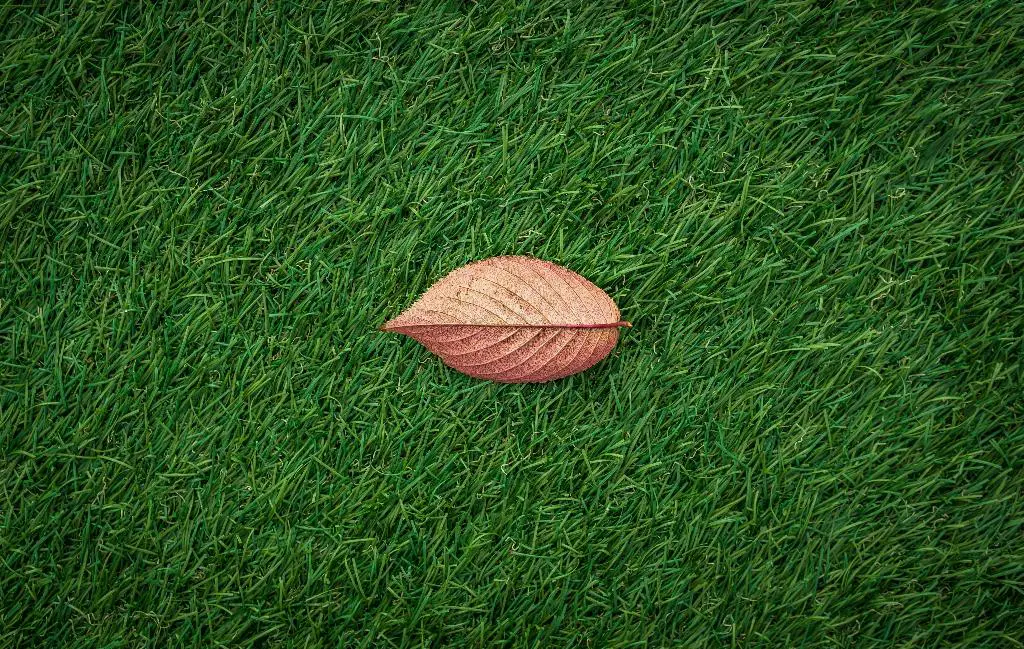Leaving fallen leaves on your lawn can actually be quite beneficial for the overall health of your grass and soil. These natural mulch materials create a protective layer that acts as insulation during the cold winter months. Not only does this help to maintain a more stable soil temperature, but it also promotes a healthier growth environment for the grass roots.
Natural Mulch and Soil Enrichment
As the leaves break down over time, they decompose, releasing valuable nutrients back into the soil. This process enriches the soil, promoting better microbial activity and overall soil health. The leaves act as a natural mulch, helping to retain moisture and improve the soil structure, which can benefit the grass and other plants in your lawn.
Wildlife Habitat
Leaving leaves on the lawn also provides a habitat for wildlife such as insects, worms, and other beneficial organisms. These creatures play a vital role in the ecosystem by breaking down organic matter and enriching the soil. By allowing leaves to remain on the lawn, you are fostering a more diverse and healthy environment for these important creatures.
Reduction of Erosion
The layer of leaves on the lawn helps to reduce erosion by protecting the soil surface from the impact of rain and wind. Erosion can lead to the loss of topsoil and nutrients, which can negatively impact the health and vitality of your lawn. By keeping leaves on the lawn, you are creating a natural barrier that helps to minimize erosion and preserve the soil structure.
Preventing Compaction and Thatch Buildup
Leaving leaves on the lawn can also help prevent soil compaction and thatch buildup. The layer of leaves acts as a cushion, reducing the pressure on the grass and soil. This can help to maintain a healthy soil structure and promote better water and air infiltration. Additionally, by allowing the leaves to decompose naturally, you can help to break down existing thatch layers and improve overall soil health.
Considerations for Excessive Leaf Cover
While leaving leaves on the lawn has numerous benefits, it is important to keep an eye on the amount of leaf cover. Excessive leaf buildup can create a barrier that blocks sunlight, water, and air from reaching the grass. This can lead to poor grass growth, increased disease risk, and potential damage to the turf. It is recommended to regularly monitor leaf cover and remove excess leaves as needed to maintain a healthy lawn.
Best Practices for Leaving Leaves on the Lawn
To make the most of the benefits of leaving leaves on your lawn, consider mulching the leaves with a mower to break them down into smaller pieces. This can help speed up the decomposition process and improve the overall soil quality. Additionally, spreading the shredded leaves evenly across the lawn can help ensure that the benefits are distributed more evenly and effectively.
Seasonal Considerations
During the fall season, when leaves are falling at a rapid pace, it may be necessary to regularly remove excess leaves to prevent them from smothering the grass. A layer of leaves that is too thick can prevent necessary sunlight and air from reaching the turf, which can lead to issues such as mold, disease, and weak grass growth. By balancing the benefits of leaving leaves on the lawn with the need for proper maintenance, you can promote a healthier lawn overall.
Environmental Impact
Leaving leaves on the lawn is not only beneficial for your lawn and soil health but also has positive environmental impacts. By allowing leaves to decompose naturally on your lawn, you are reducing waste and promoting a more sustainable landscaping practice. This can help to minimize the need for chemical fertilizers and pesticides, which can have harmful effects on the environment. By embracing natural processes and cycles, you can create a more harmonious and eco-friendly landscape.

Final Thoughts
In conclusion, leaving leaves on the lawn can be a good practice with numerous benefits for your lawn, soil, and the environment. By understanding the impacts of leaving leaves on your lawn and following best practices for maintenance, you can create a healthier and more sustainable landscape. Remember to monitor leaf cover, balance the benefits with necessary maintenance, and embrace the natural processes that promote a thriving lawn ecosystem.
